The Australian Renewable Energy Agency (ARENA), in collaboration with Sydney-headquartered digital technology company Greenhouse has launched a $100 million (USD 66 million) global contest, called Solar ScaleUp Challenge, to achieve significant cost and installation goals.
One aim is to achieve ultra low-cost solar (ULCS) by reducing the installed cost of solar to just 30 cents per watt by 2030 and achieve a levelised cost of electricity below $20 per MWh.
Reducing costs will enable widespread adoption of large-scale solar and feeds into the second goal of ramping up Australia’s annual installation rate from 5 GW today to 50 GW per year, to increase Australia’s capacity to 1 TW (1,000 GW) by 2050.
Faster approvals and effective community engagement will also be needed to enable these objectives, says the Solar ScaleUp Challenge website.
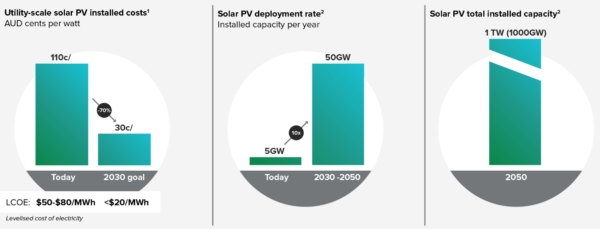
Image: Australian Renewable Energy Agency
ARENA Chief Executive Officer Darren Miller said the large-scale deployment of solar is key to the clean energy transition and in achieving global decarbonisation.
“Ultra low-cost solar is critical for reducing electricity costs and decarbonising hard-to-abate sectors such as industry and transport and is also a key factor in Australia becoming a renewable energy superpower, a vision which would see Australia playing a major role in supplying our key trading partners with low emissions products such as green iron and hydrogen,” Miller said.
“We are aiming to bring together leaders across Australia and the world to tackle the challenges presented in our quest for even cheaper renewable energy through this critical technology.”
“We are keenly aware of the barriers preventing our ULCS vision from becoming reality, so we want to try something different to crack open the opportunity. Teaming up with Greenhouse Tech, which has a track record in driving this kind of innovation in the emissions reduction space, allows us to bring in more expertise to achieve the objectives of the challenge.”
ARENA, which is also administering the $1 billion Solar SunShot Program, is inviting innovators, customers, financiers and anyone involved in the construction and operation of solar farms to participate.
Federal Minister for Climate Change and Energy Chris Bowen said the modern solar panel is an Australian invention, developed at the University of New South Wales and hopes for further breakthroughs to happen here.
“The world added 445 GW of solar last year, more than all other power sources combined, because the world is rapidly moving to renewable energy, the cheapest form of energy,” Bowen said.
“I encourage all organisations that support solar deployment to consider putting in a submission and being part of this $100 million challenge.”
The challenge is open for eight weeks, closing 14 August 2024, and is expected to complement the Solar Sunshot program by building a pipeline of solar innovation that can be adopted by manufacturers along the supply chain, and project developers.
Successful entries will receive part of a pool of up to $100 million in grant funding.
Greenhouse has run similar global challenges in the past, including the NearZero Steel Challenge.
Greenhouse Chief Collaboration Officer Mark Rowland said bringing together different stakeholders involved in solar projects is key to solving cost and upscaling problems in an innovative way and to quickly scale the solutions.
This content is protected by copyright and may not be reused. If you want to cooperate with us and would like to reuse some of our content, please contact: editors@pv-magazine.com.
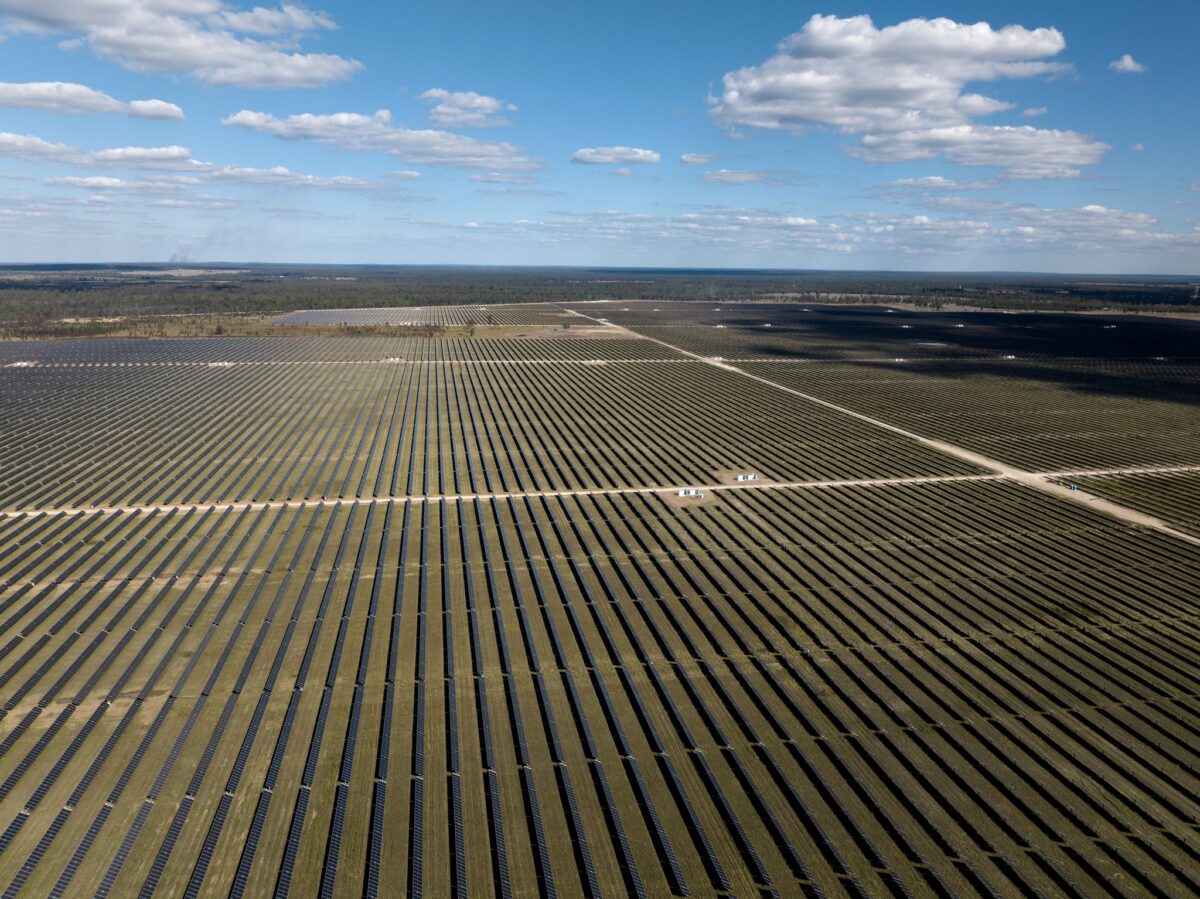
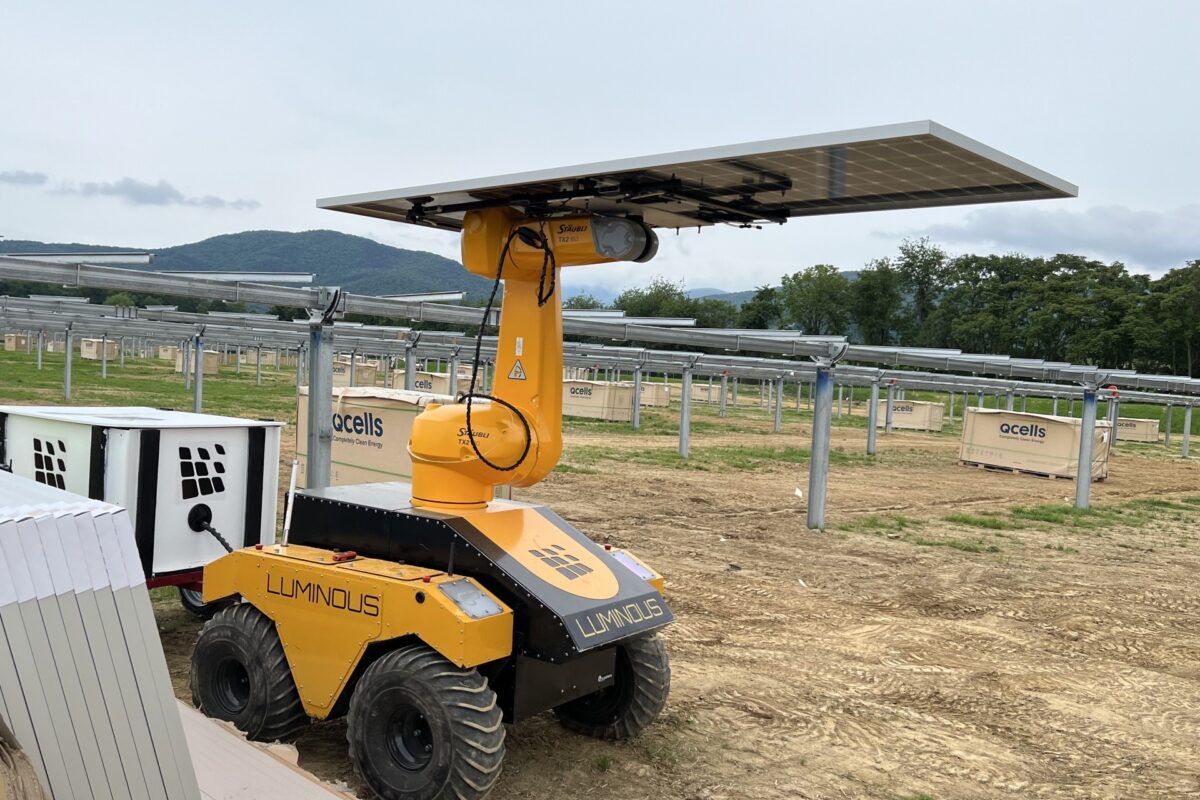

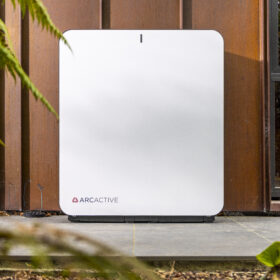
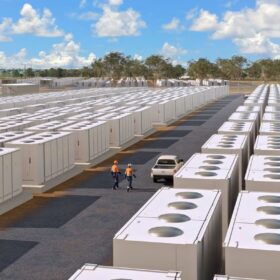
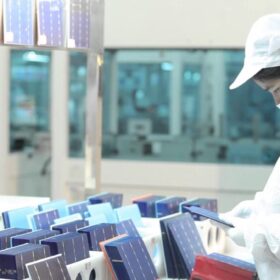
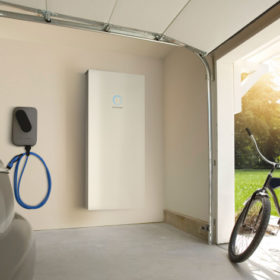
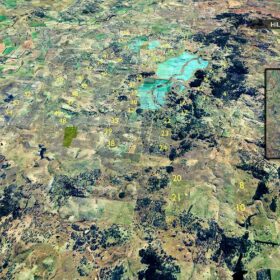
By submitting this form you agree to pv magazine using your data for the purposes of publishing your comment.
Your personal data will only be disclosed or otherwise transmitted to third parties for the purposes of spam filtering or if this is necessary for technical maintenance of the website. Any other transfer to third parties will not take place unless this is justified on the basis of applicable data protection regulations or if pv magazine is legally obliged to do so.
You may revoke this consent at any time with effect for the future, in which case your personal data will be deleted immediately. Otherwise, your data will be deleted if pv magazine has processed your request or the purpose of data storage is fulfilled.
Further information on data privacy can be found in our Data Protection Policy.